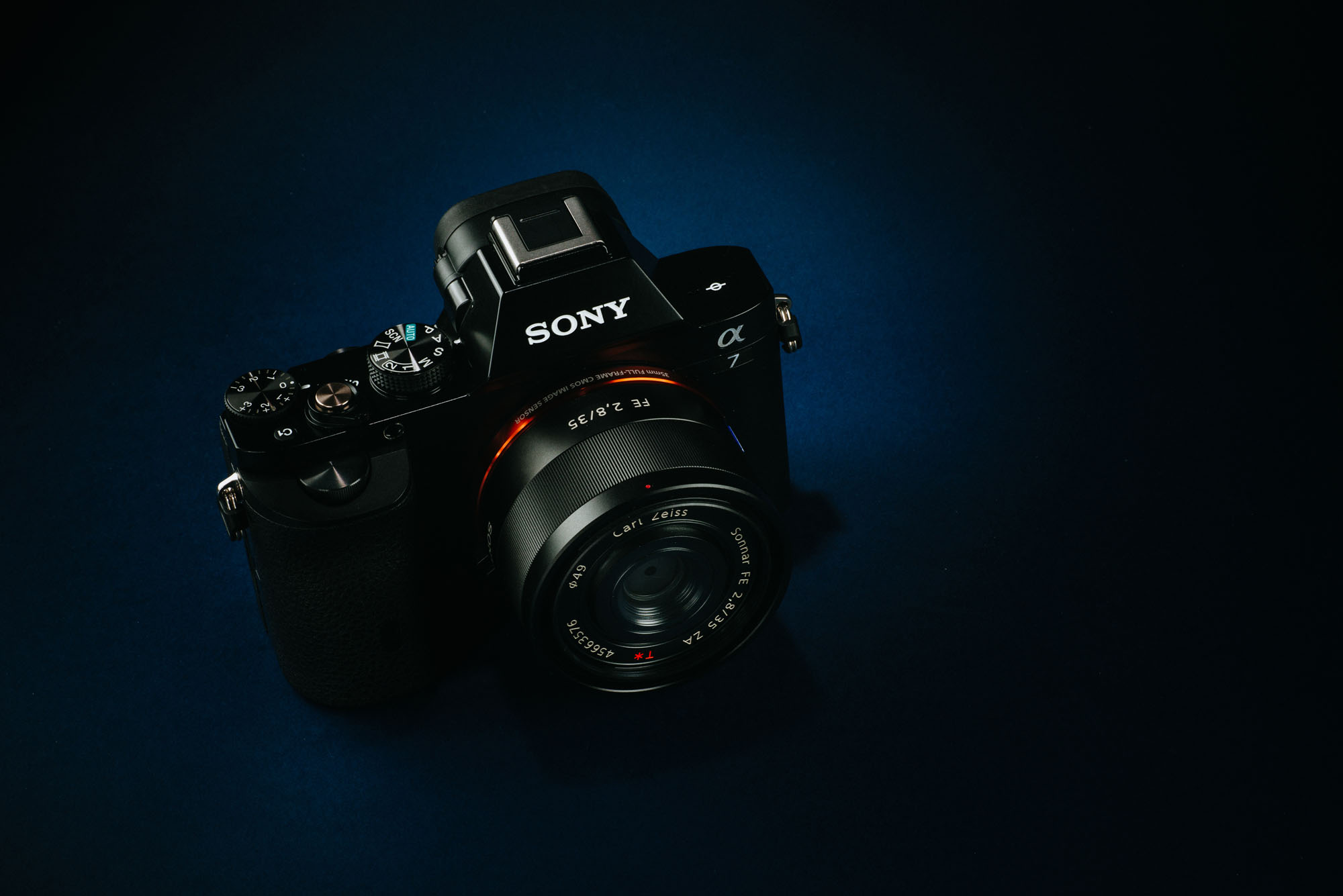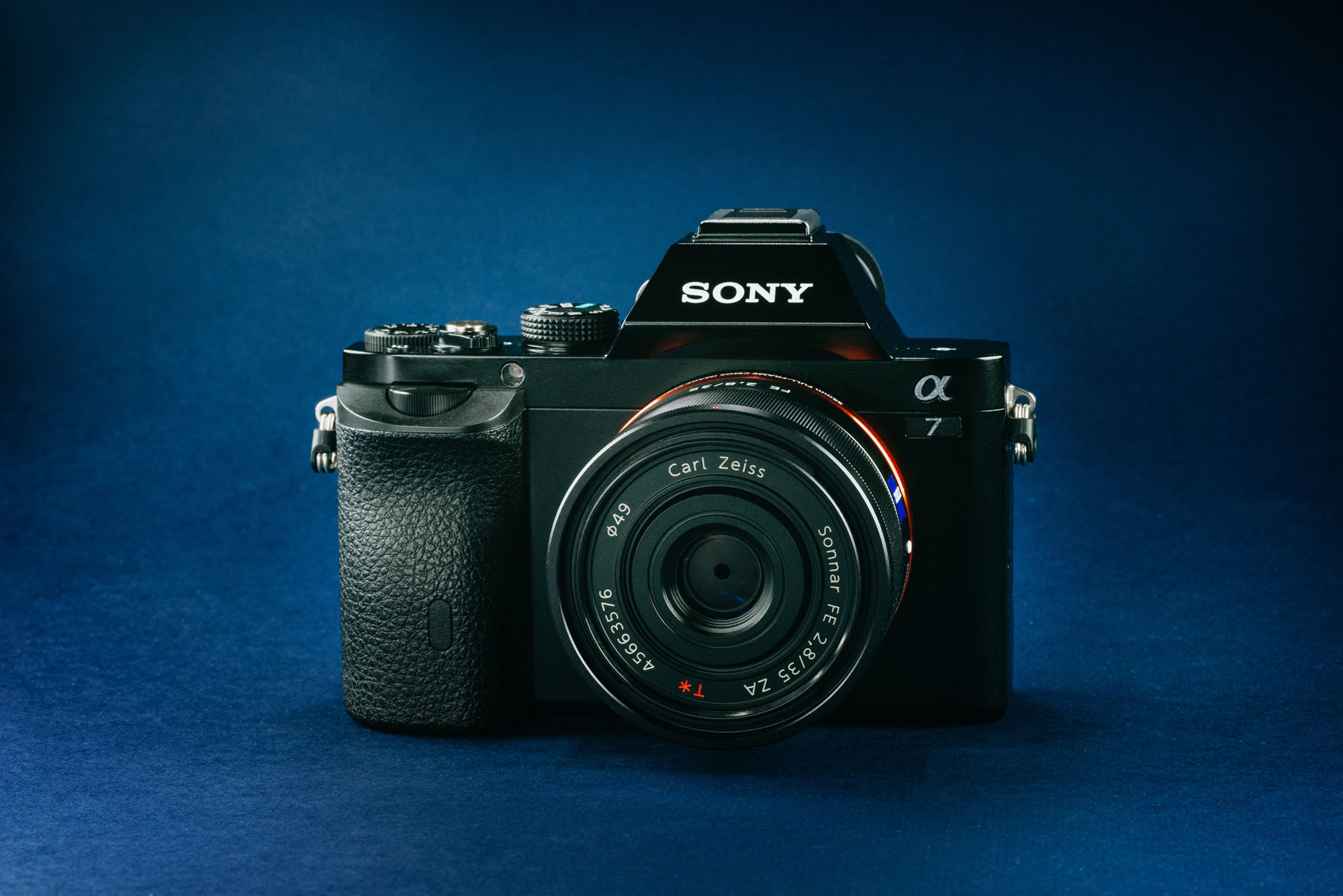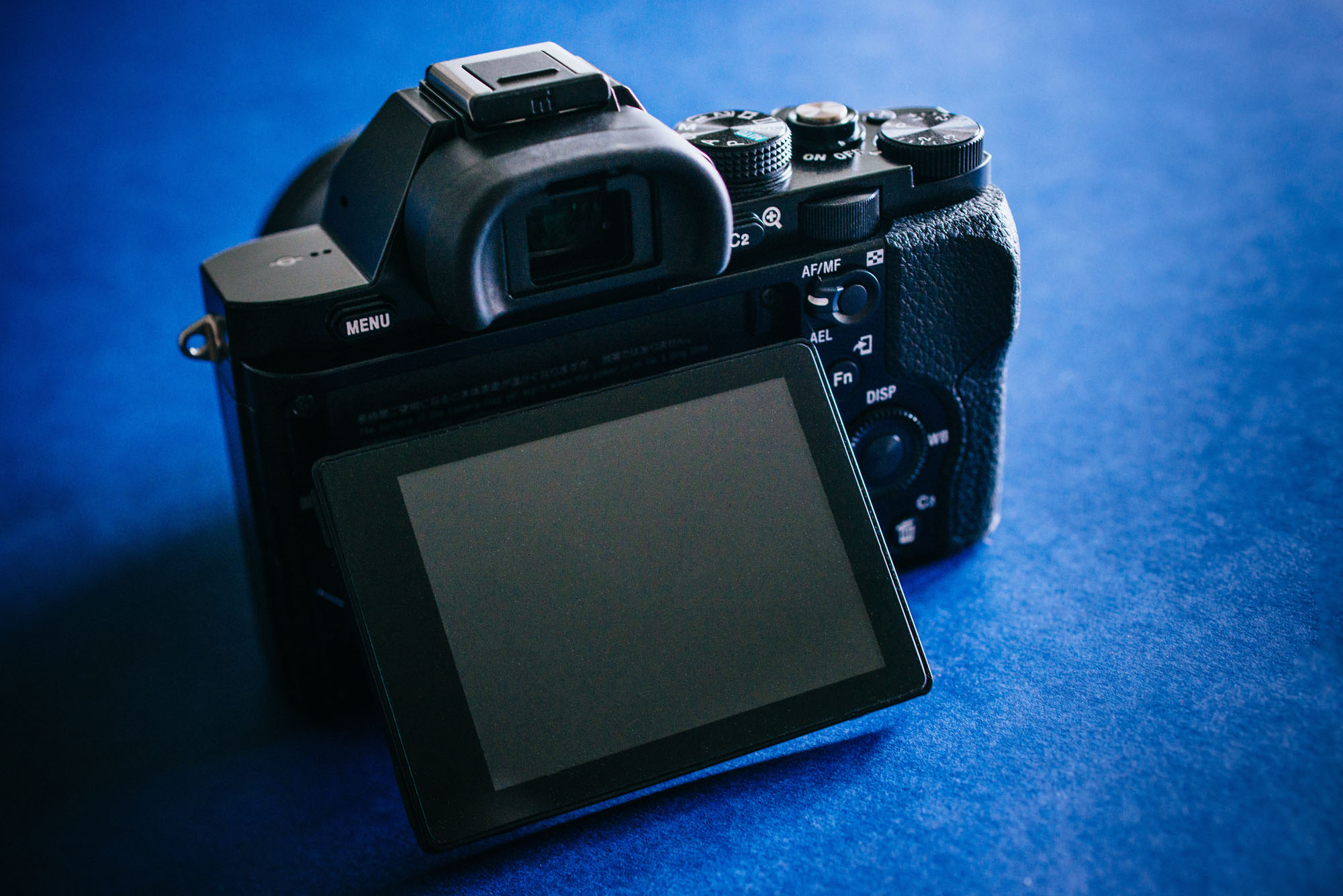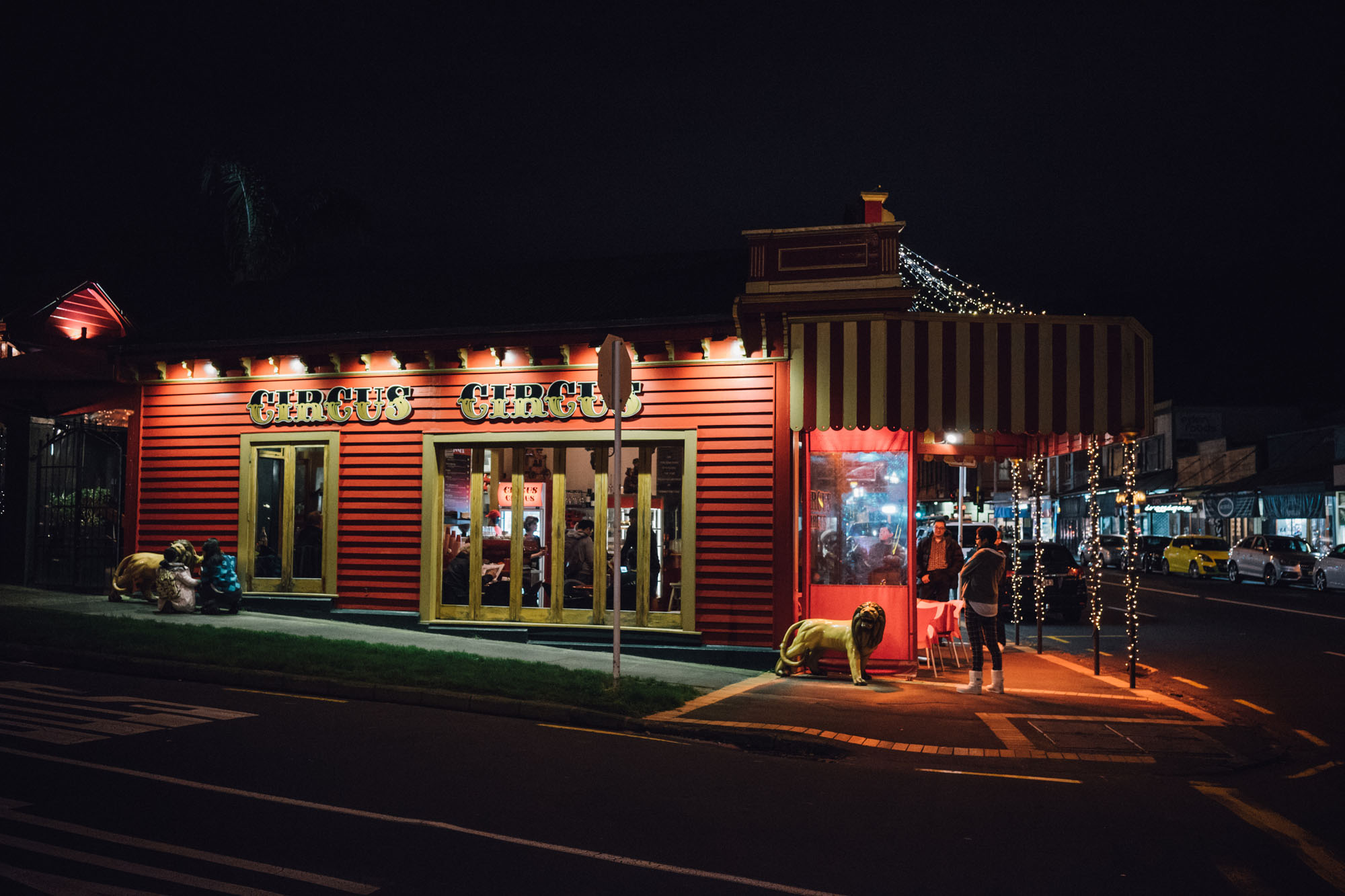While I pretty much rely on my Nikon DSLRs for all my wedding jobs, I’ve also been a micro four thirds camera user for a loong long time, I just love how portable the micro four thirds cameras are and many people know that.
So a few weeks ago, I went to a camera manufacturer to pick up their latest not yet announced micro four thirds camera, and just before I sign the NDA so they would hand me the new camera, they suddenly said, hey Richard, I heard you just sold your micro four thirds camera gears few days ago and gone for another brand?
News travel fast sometimes especially when you don’t want it to. What should i say now? It was a bit of an awkward moment but yes I’ve traded in my micro four thirds camera for another camera. And the camera that made me leave my micro four thirds camera gears after so many years is the Sony a7. That’s right, the first full frame mirrorless camera from Sony. A camera I didn’t really thought I would get one when it was released 2 years ago for two main reasons:
1. The price. While it’s cheaper than other full frame cameras in the market, it’s still too expensive as a “fun” camera for me
2. Lens size. Yes the A7 series cameras are small, but large sensor = large lenses, the FE lenses are big and heavy, just as big as my Nikon DSLR lenses.
Now fast forward two years, reason #2 is still valid as Sony hasn’t figure out how to change the law of physics yet. But they do have one particular lens that is compact enough and suits my needs. And for reason #1, I think Sony is trying to clear their a7 stock so the price of the a7 is really quite affordable, so I thought, why not give the Sony a try and see I like it or not.
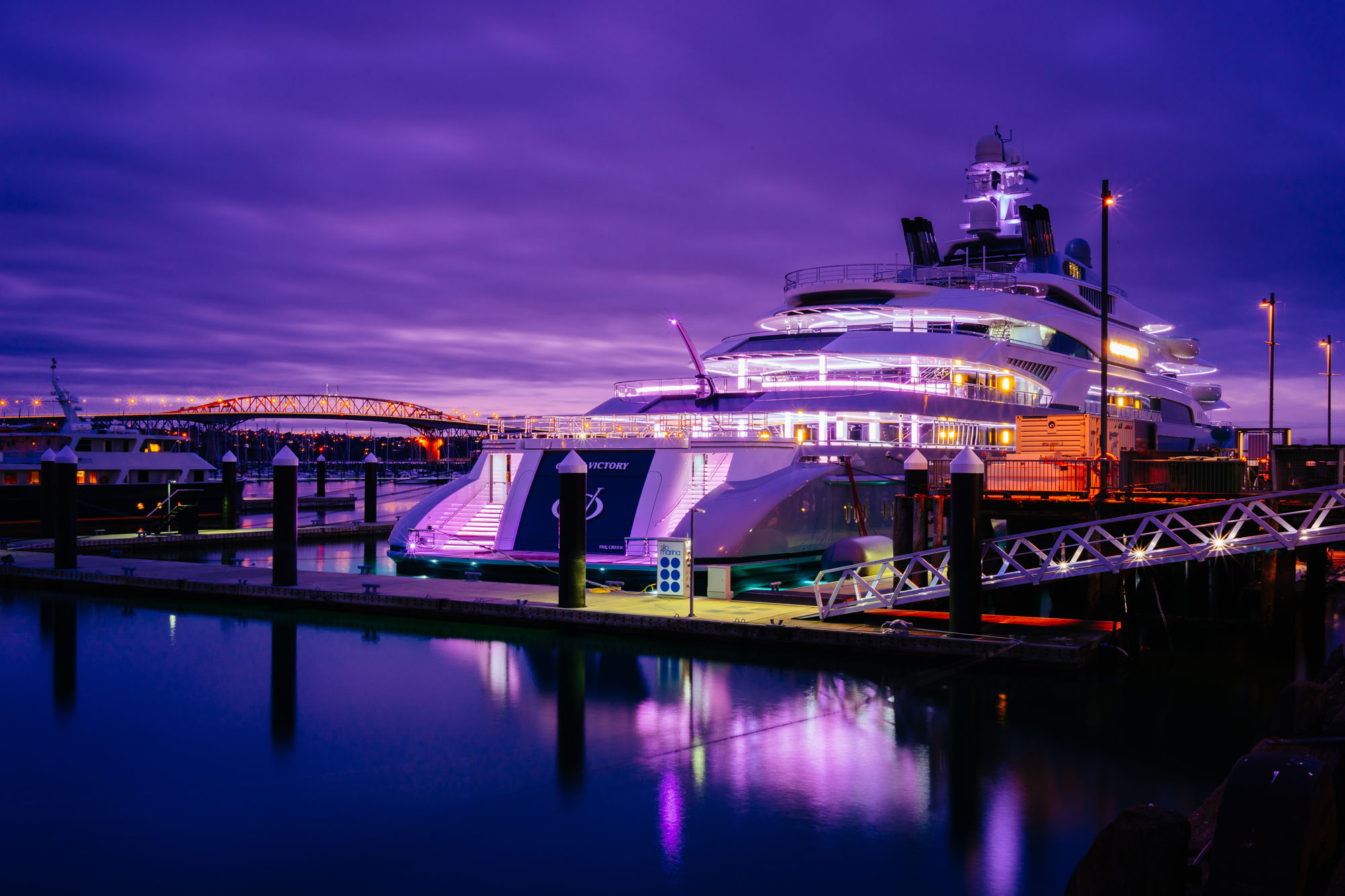 Sony a7 + Sony Zeiss 35mm f/2.8 – ISO 100 f/22 30s
Sony a7 + Sony Zeiss 35mm f/2.8 – ISO 100 f/22 30s
And why do I buy the a7 when a7II and some newer model is already out? Mostly because of the price, A7 is so cheap right now. It actually doesn’t cost me much to switch to Sony.
So I’ve been using the a7 for almost a month now, I know it’s really a bit late to review this 2 years old camera but I do want to share with you my thoughts and findings, especially as someone coming from the micro four thirds world.
My a7 is running the latest firmware 2.0, while I have used the a7 with some other lenses before, this time I am shooting exclusively with a Sony Zeiss 35 f/2.8 lens as this is the only FE lens I got. (I will try to do a separate review on this lens in the near future)
When the a7 was released, it was the world’s smallest full frame interchangeable lens camera and it still is today. The a7’s body is incredibly small. It’s still hard to imagine how Sony managed to put a full frame sensor in such a compact camera.
The mostly metal a7 feel pretty solid, but maybe not as solid as my Olympus EM1. And although the body is very compact, it weighs almost 500g (with batteries and card) so it’s not really in the featherweight class. Having said that, the Sony a7 is still considerably lighter than any full frame DSLR in the market.
The overall body design is quite clean, a bit of old school with some modern touches. And you can definitely tell it’s Sony. And while it’s not a camera I would call beautiful, it won’t say it’s ugly either. It has it’s own personality.
Some people don’t like the position of a7’s shutter button which is sitting quite backwards, I personally found it ok. The medium size grip isn’t very deep, but is reasonably supportive, at least when used with a small lens like my Zeiss 35m f/2.8. I can imagine you would want to have a bigger and deeper grip once you pair the A7 with one of the bigger FE lens. Actually even when I mount my Helios 40-2 lens (with an adaptor) onto the a7, a slightly heavy but not a really big lens, the camera feel very unbalance and hard to hold already.
Just like most high end mirrorless cameras that are designed for the more experienced photographers, the Sony a7 has two main dials, as well as an exposure compensation dial for you to control the exposure. They are all made of metal and pretty responsive. And I really like that the exposure compensation dial works in M mode when auto ISO is turned on. While not everyone like to shoot in M mode with auto ISO, I really love shooting this way. With the EVF giving me real time exposure preview and the wide usable ISO range, this auto M mode allows me to have precise control over my exposure settings and get the exact picture I want quickly. This is a feature I really want for but is missing from the Panasonic GX8 that I’ve review recently.
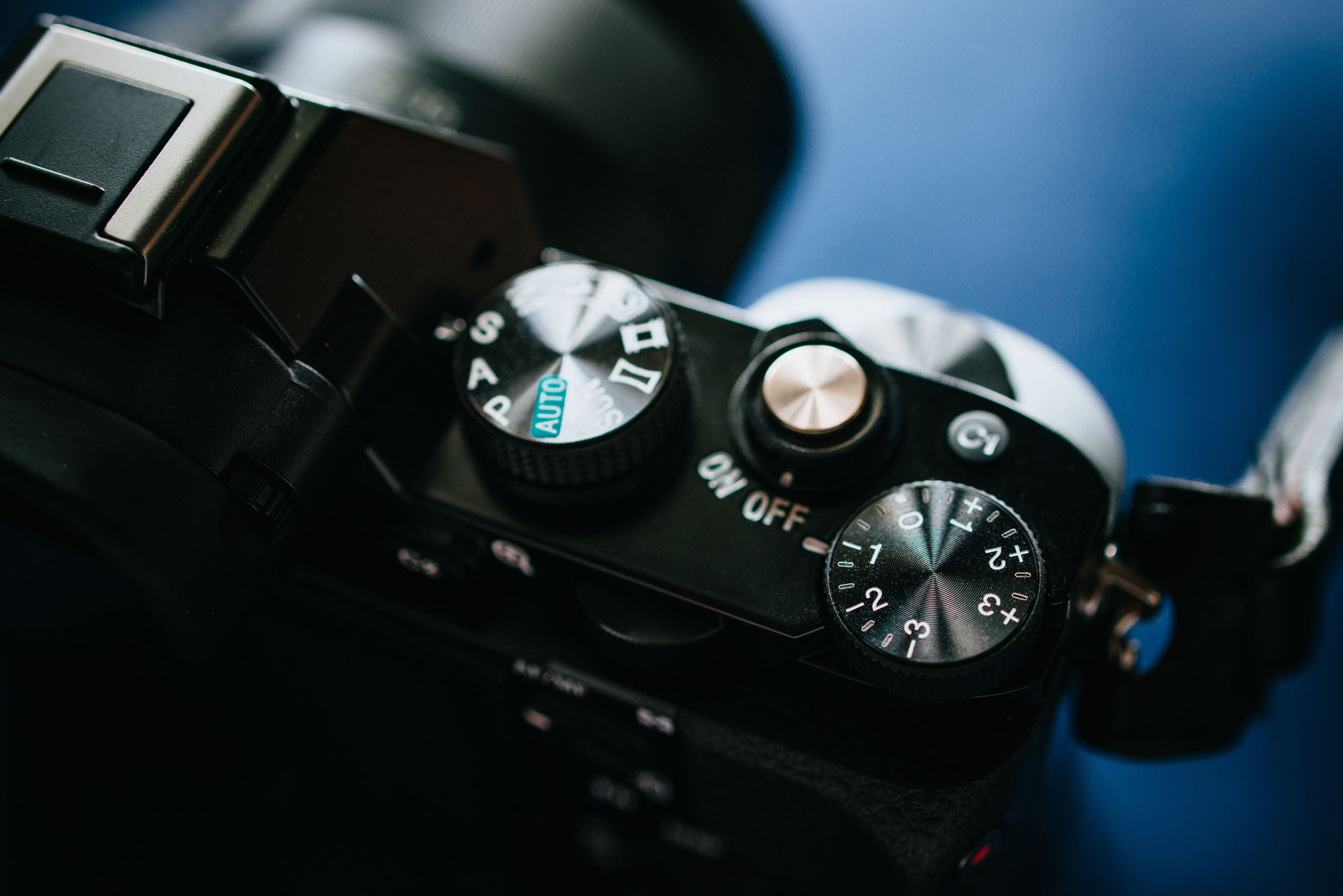 Yes! The exposure compensation dial works in manual mode!
Yes! The exposure compensation dial works in manual mode!
But while I like shooting in M mode, I can’t say the same about the camera’s S (Shutter priority) and A (Aperture priority) mode.
If you shoot in A mode with auto ISO turned on, the minimum shutter speed is fixed at 1/60s, no matter what lens you use and there is no way to change it. It means the A mode is pretty useless if you are shooting with a non stabilised tele photo lens, or fast actions that requires a fast shutter speed. And what about when you shooting with a ultra wide angle lens and happy to shoot at much lower shutter speed? Sorry you can’t change that either.
So how about shoot in shutter priority mode? When it’s getting dark, I would expect the camera to use the largest aperture before increasing ISO because that’s pretty much what every camera in the world does. But no, not the a7! The a7 would stick to f/4, until it reaches the maximum ISO allowed, then it would increase the aperture size! I actually thought there is something wrong with my camera when I first notice that, but when I google this I then realise this is how the Sony engineers design the camera, even if you have a fast prime lens like the 55 f/1.8 attached, the camera would still stick to f/4. And there is no way to change this behaviour, which makes the shutter priority mode pretty useless in my opinion. I’ve to say I’m completely puzzled by Sony’s bizarre implementation of both the shutter and aperture priority mode.
The DSLR style Sony a7 has a built-in EVF and a tiltable LCD screen. The EVF has a magnification ratio of 0.71x, which is quite large but not the largest in the class. But even in today’s standard, it’s 2.3M dot OLED EVF is still pretty decent and nothing to be ashamed of. My only minor complaint is that the colours from the EVF seems a bit different, slightly cooler than the main LCD screen, which I believe is the more accurate representation of the output image.
The 3” tiltable LCD screen is quite bright with good color reproduction. But after being using quite a few mirrorless cameras in the last few years and most of them have a touchscreen, I feel like I’m missing something with a7’s non touch enabled screen. I couldn’t adjust the focus point quickly when shooting using the LCD screen, or use it to control the position and zoom when I’m reviewing the picture (more about that later). It just feel weird when the screen doesn’t respond to my finger tapping on it.
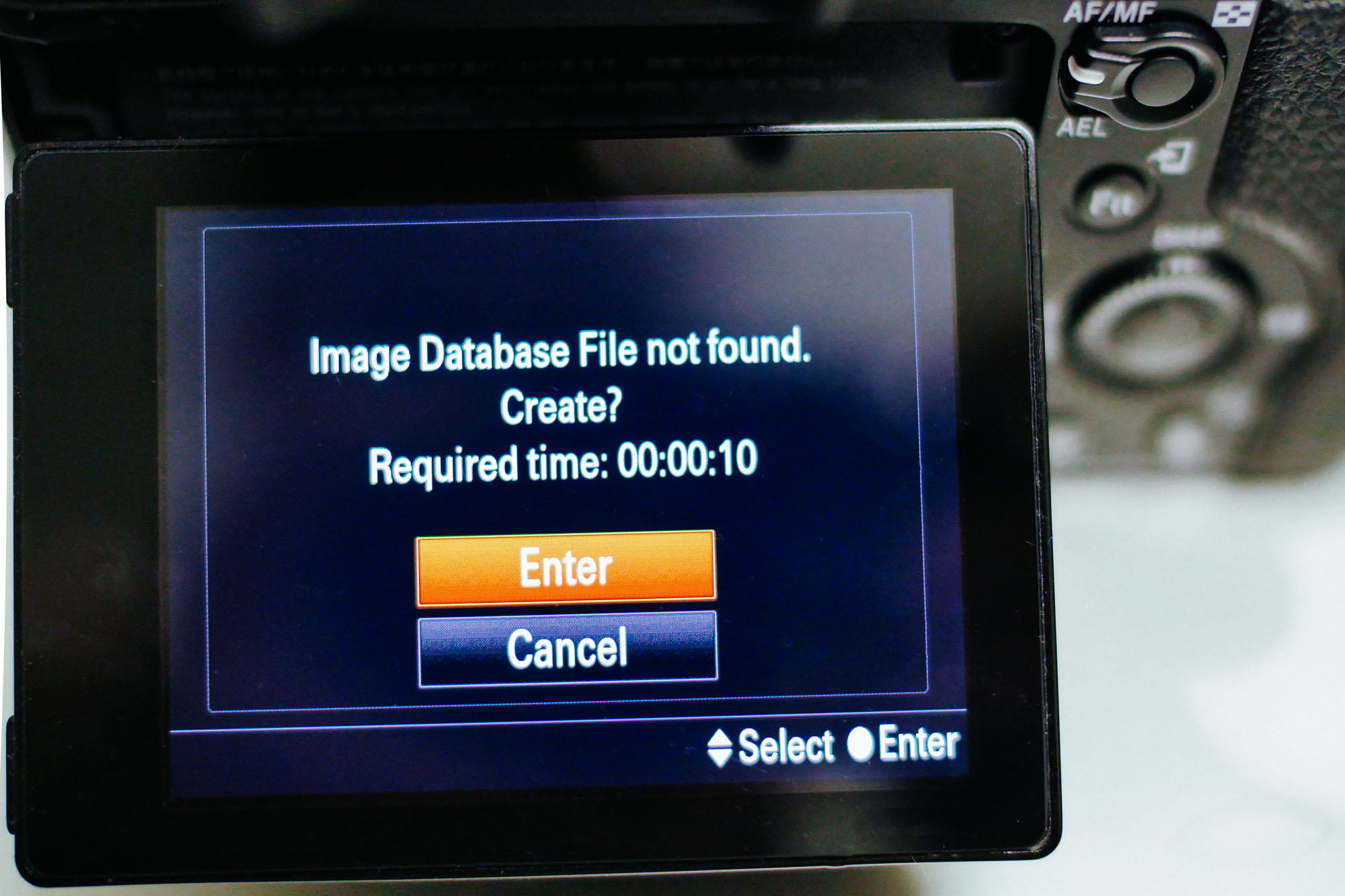 Every time I see this, I want to touch the OK button on the LCD screen.
Every time I see this, I want to touch the OK button on the LCD screen.
The Sony a7 is quite a customisable camera, no doubt about it. There are a number of customisable buttons on the camera and lots of custom settings for you to configure the camera control to suit you, but there are also some common settings that are missing.
For example, by default, the buttons on the control wheel are used to adjust the shooting mode, WB and toggle between different display mode, you can use it to select your focus area too but the camera requires you to press a button to enable the focus selection mode before you can do that. If you want to adjust the focus area directly without having to click another button first? Sorry, you can’t do that with the a7.
Another example is the zoom button. When reviewing a photo, if you click the zoom in button, it will zoom all the way in to maximum magnification which is useful sometimes but not exactly what a lot of people want. Unfortunately there is no way to change this to smaller magnification instead or just zoom in slightly on the first click.
And where is the EVF/LCD switch? There isn’t one and I have to change it by going through the settings menu? Ok, how about I just assign it to one of those custom user buttons? What do you mean I can’t assign this action to a custom button?
While some of these maybe minor, these are just a few of the examples of some really obvious design issues or weird omission, and there are a lot more.
I thought I’m pretty good at adapting and learning new camera controls and menu system. But even after using the Sony a7 for a month, frankly I’m still not a big fan of the Sony design.
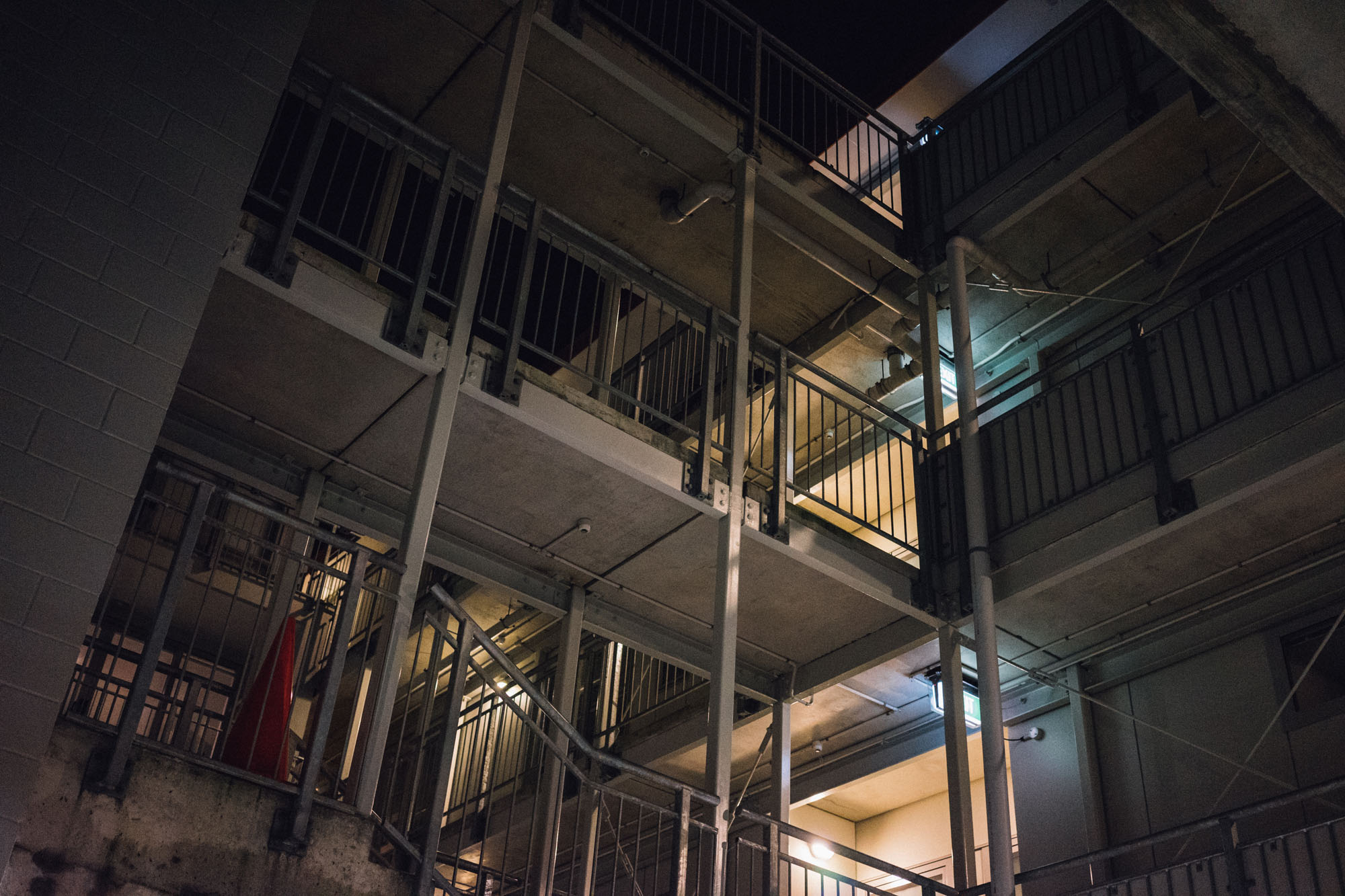 Sony a7 + Sony Zeiss 35mm f/2.8 – ISO 6400 f/2.8 1/60s
Sony a7 + Sony Zeiss 35mm f/2.8 – ISO 6400 f/2.8 1/60s
But while the camera’s control frustrate me a bit, when it comes to image quality, it doesn’t disappoint me at all. With the advantage of the big full frame sensor and Sony’s dominance in sensor technology at the moment, the Sony a7 just triumph over all it’s competitors.
The 24MP full frame sensor is fantastic. It captures even the most challenging scene beautifully. High contrast scenes, low light scenes, it handles all of them easily. Compare to my EM1, the a7 should have 1.5-2 stop advantage when shooting under low light and also much better dynamic range. That’s the advantage of having the biggest sensor in the mirrorless camera market.
On the other hand, I’m still quite disappointed about the lack of lossless RAW output. While I don’t think the lossless RAW is really a huge or even noticeable issue for 99% of the photos we took, the a7 is a camera that is suppose to lure people from buying full frame Canon and Nikon DSLRs, those are the photographers who want the best image quality, the lack of lossless RAW output as one of the output option is really a big oversight.
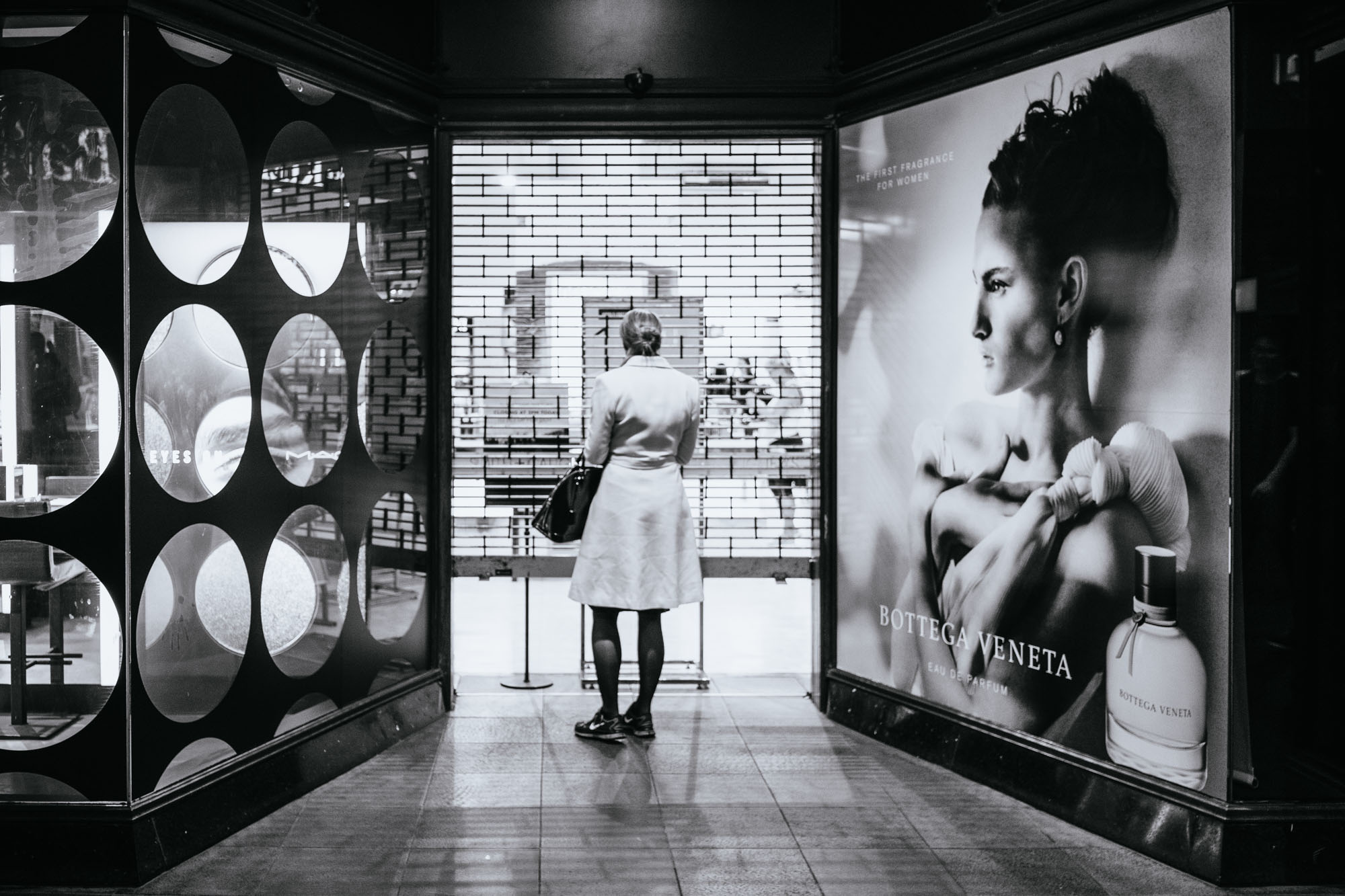 Autofocus area was set on the lady’s head, I thought the camera would have nailed the focus for sure. But when I review the photo on my computer screen, I realise the focus was actually set to about half a meter in front.
Autofocus area was set on the lady’s head, I thought the camera would have nailed the focus for sure. But when I review the photo on my computer screen, I realise the focus was actually set to about half a meter in front.
The Sony a7 has an enhanced fast hybrid autofocus system which uses a combination of 117 on sensor phase detection points and 25 contrast detection areas to deliver quick and accurate autofocus performance. Well at least that’s what Sony said. In real life, I found the autofocus performance really average at best. It’s sluggish, hunts a lot, and quite often it misfocus by a considerable margin when I don’t even expect it to. And the low light autofocus performance is really quite poor as well. With my Zeiss 35mm f/2.8, the camera regularly fails to autofocus when I was taking photo in a normally lit room at night, yes with all the lights turned on.
It’s poor low light autofocus performance means the camera’s excellent high ISO performance underutilised. Quite often when I am shooting under low light, it’s the autofocus that give up and couldn’t acquire it’s target while the sensor can still deliver very decent image quality and go higher ISO. I never have this low light autofocus problem with my Olympus OMD EM1 and certainly not the Panasonic GX8 which can focus under really low light. With the smaller micro four thirds sensor, I only need to worry about the image quality when it starts getting dark, and now with the a7, it’s the opposite.
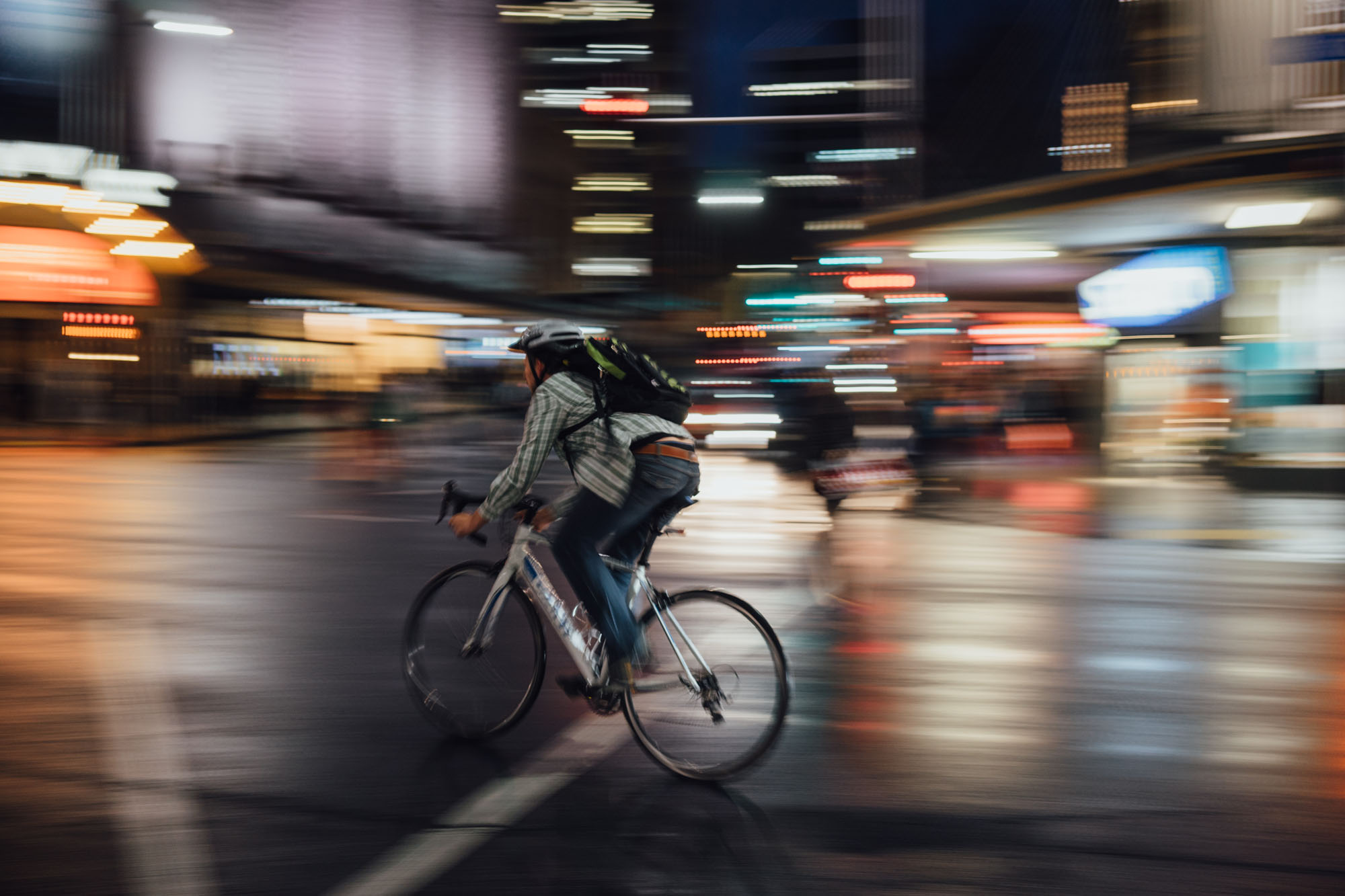 Sony a7 + Sony Zeiss 35mm f/2.8 – ISO 250 f/4 1/13s
Sony a7 + Sony Zeiss 35mm f/2.8 – ISO 250 f/4 1/13s
Taking photos of moving object is possible, but requires a bit of luck
Sony a7’s autofocus performance really reminds me of the 1st generation micro four thirds camera like the Olympus EP1 or Panasonic GF1. It works, but it’s far from perfect. Compare to my EM1 or even the earlier EM5, there is simply no comparison. Those cameras snap to their targets quickly and precisely.
Btw, even though it is a mirrorless camera, the camera’s shutter sound is really quite loud. It is not as loud as most DSLRs, but with no electronic shutter, you can’t take a photo without attracting attentions.
The a7’s battery life is quite average. It only last 200-300 photos under normal shooting patterns. If you want to go out and do a full day photo trip, prepare at least 2-3 batteries, more if you are a heavy shooter.
 Sony a7 + Sony Zeiss 35mm f/2.8 – ISO 16000 f/4 1/60s
Sony a7 + Sony Zeiss 35mm f/2.8 – ISO 16000 f/4 1/60s
Shooting with the a7 is a completely different experience from using my Olympus OMD EM1. With the EM1, the control is great, autofocus is so good that I almost never need to check my focus accuracy after I took the shot. I can take photo whatever I want as long as the sensor can handle the light, or lack of light. And there is a wide selection of good and compact lenses.
With the a7, it has an excellent image sensor that can handle high contrast or low light scene easily, but it’s poor autofocus performance, weird shutter/aperture priority mode, clunky autofocus area selection mechanism and a few other weird issues greatly limits how I can use the camera.
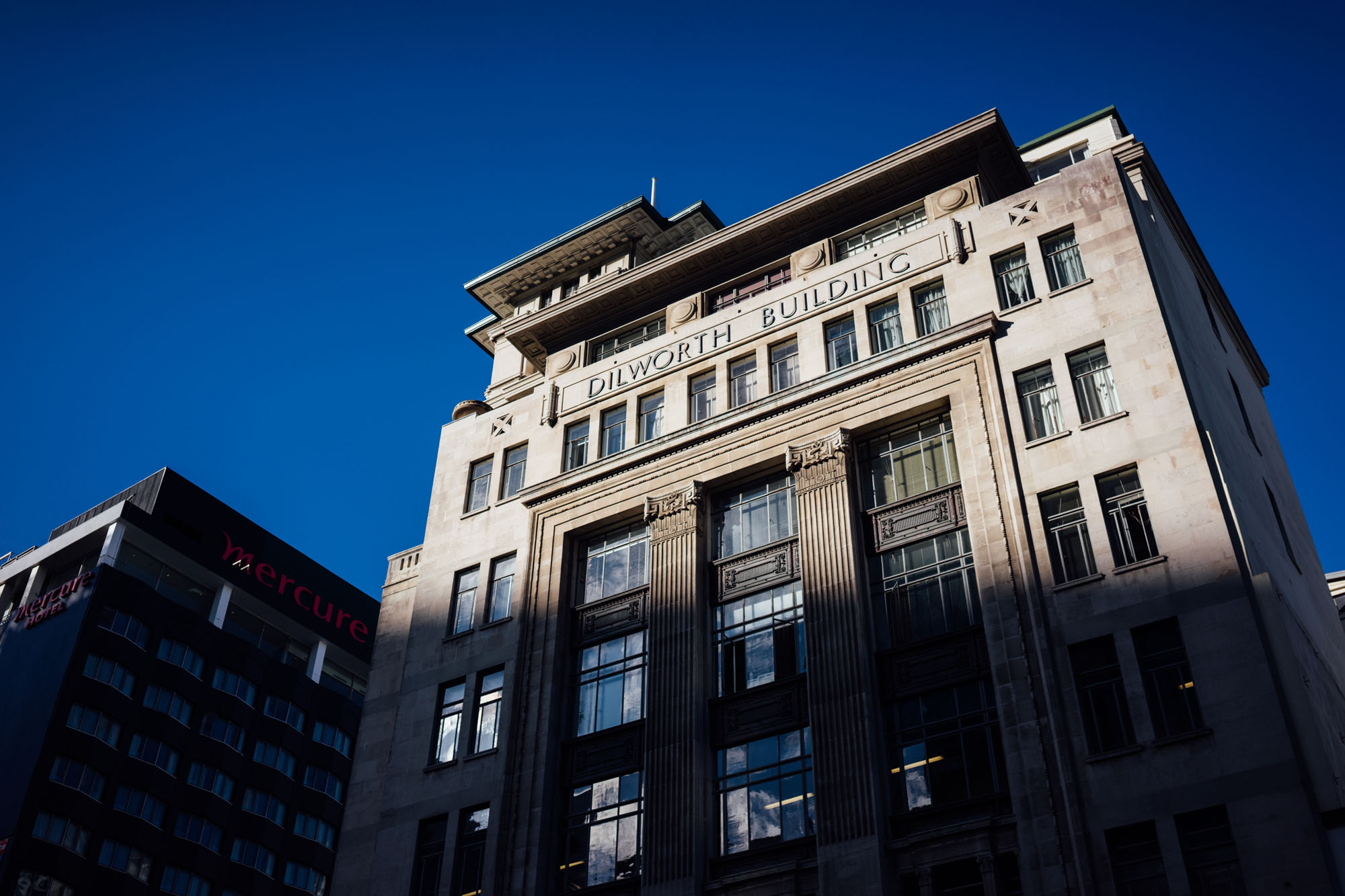 Sony a7 + Sony Zeiss 35mm f/2.8 – ISO 100 f/4.5 1/1000s
Sony a7 + Sony Zeiss 35mm f/2.8 – ISO 100 f/4.5 1/1000s
Sony full frame sensor handles high dynamic range scenes easily
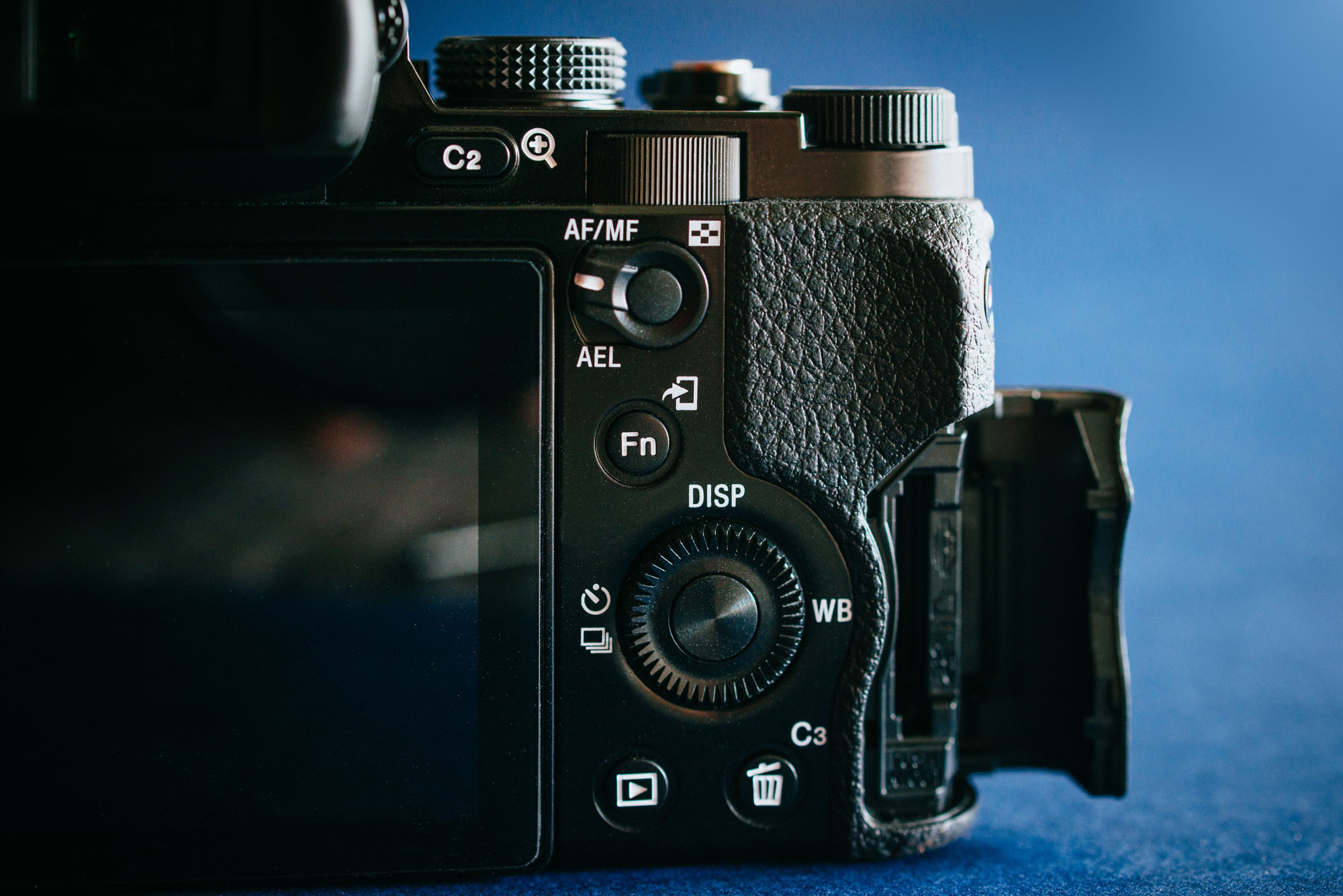 Nice to see there is a separate card door for SD card slot, something most mirrorless or even DSLRs don’t have
Nice to see there is a separate card door for SD card slot, something most mirrorless or even DSLRs don’t have
Apart from the poor autofocus performance, most of the issues are either minor or there are workarounds. But compare to the well polished mirrorless cameras from other companies, the A7 just feels really unrefined and unfinished. And unlike Fujifilm which keep improving their cameras by releasing firmware updates to address issues reported by users, all the A7 firmware updates are really minor and disappointing.
To be fair, the a7 was the first camera in the series so a lot of these can be forgiven and some of the issues have been addressed or improved in the later model like A7 II. But Sony still have quite a bit of catchup to do before the a7 series camera is as mature as its competitors.
For now, if you want a camera that is easy to use, has good well polished controls and good autofocus system, then forget about the a7. But if you want a camera that outputs great picture even when under challenging conditions and you are happy to use your skills and patience to work around all the issues, then you probably can get yourself a a7 at bargain price.
So what do I think about my switching from the micro four thirds to the full frame a7?
Despite the a7 has a sensor that is four times bigger, the a7 + Sony Zeiss 35mm f/2.8 I got is actually about the same size as the Olympus EM1 + Olympus 17mm f/1.8 I’ve replaced. And it’s also slightly lighter but the EM1 does feel better and more solid.
a7’s full frame sensor gives me much better dynamic range and more resolution. Bigger sensor wins and that’s a7’s biggest selling point. High ISO performance is also about 2 stops better than the EM1 and the full frame sensor also allows me to have more shallow depth of field at the same aperture so I can separate my subject from the background much easier without having to rely on light or patterns/colours. But remember I went for the Sony Zeiss 35mm f/2.8 lens to keep the size down which means I’ve lost slightly more than 1 stop of maximum aperture size (compare to the Olympus 17mm f/1.8). This means my Sony combo’s high ISO performance (at wide open) is just under 1 stop better and my Sony’s minimum depth of field is about equivalent to a 17mm f/1.4 lens on micro four thirds. Still a bit of improvement if you like shallow depth of field than my EM1 + 17mm f/1.8 but not a day and night difference. If I want a real improvement, then I would need to go for the Sony Zeiss 35mm f/1.4 but it would be a lot bigger, heavier and more expensive. I do think the Sony Zeiss 35 f/2.8 (review coming soon) is incredible and probably is a slightly better lens than the Olympus 17mm f/1.8.
But on the other hand, I lose the 5 axis in body image stabiliser (which Sony does offer with their latest and slightly bigger a7 series mark II cameras), I lose the super fast autofocus system (again something I heard the Sony a7R II has dramatically improved, but I haven’t got time to use one yet so can’t confirm if it’s anything close to the Olympus), and lose the more polished camera controls/settings.
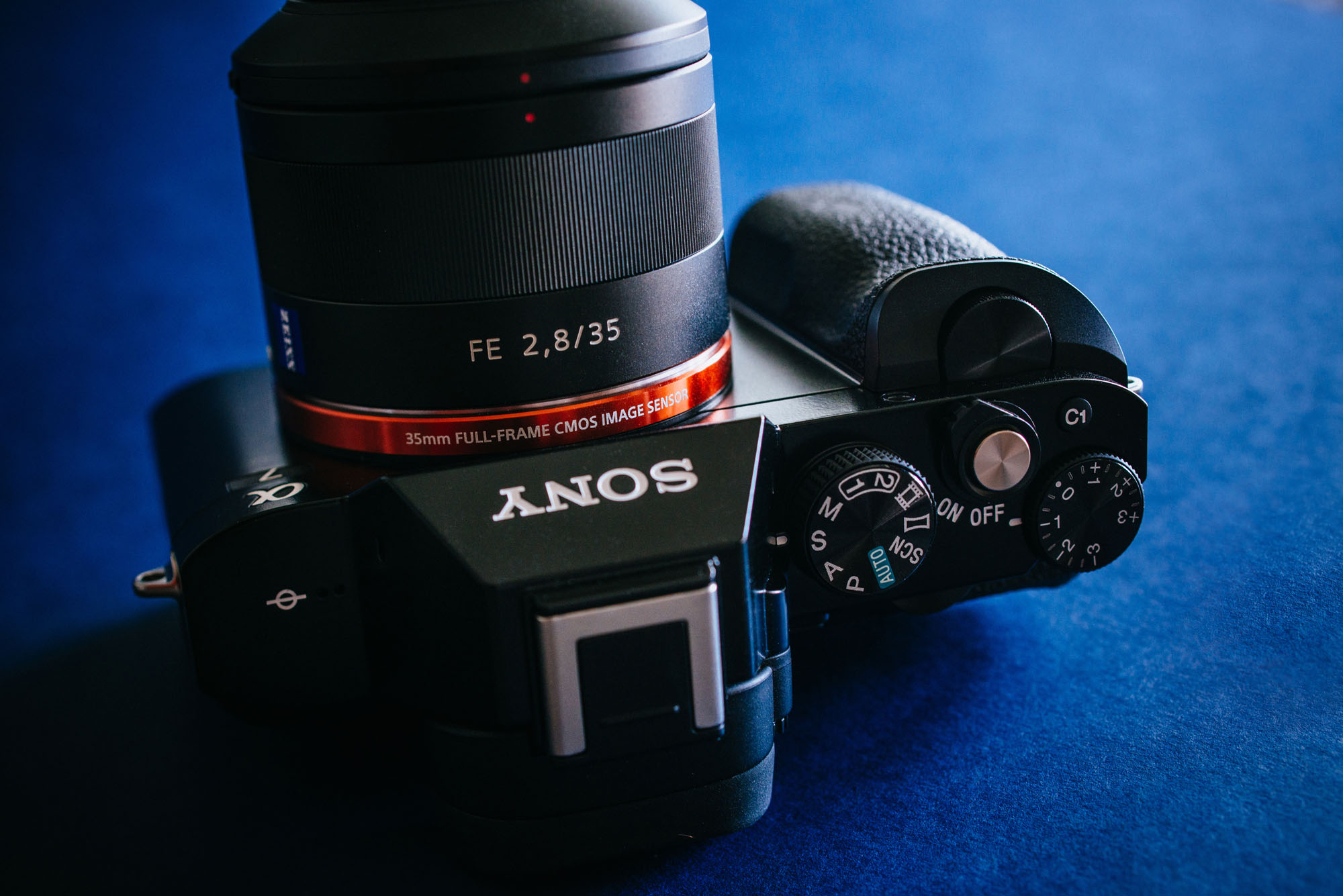 So slim and small, yet a full frame sensor inside.
So slim and small, yet a full frame sensor inside.
In some way, I feel the pros and cons switching from the Olympus Em1 to Sony A7 just balance out each other. There are a lot of things the Olympus (and micro four thirds in general) does better, but Sony does have lots of potential, just remember it comes with a cost.
You have to spend quite a bit of money to get their latest camera, and you have to also get the fast lenses if you want significantly better low light performance and shallow depth of field. Unfortunately those lenses are big, heavy, and most of them are not cheap. So don’t expect switching to the Sony A7 would magically improve much if you are not willing to increase your camera bag’s weight, size and decrease your bank balance.
Nothing is really free.
Reviewer: Richard Wong
Richard is a multi-award winning wedding/portrait photographer based in Auckland, New Zealand. Richard’s website is www.photobyrichard.com and his facebook page is https://www.facebook.com/PhotoByRichard
Richard is also a contributing writer for a few photography magazines.
https://www.facebook.com/ReviewByRichard
Like my review? Follow me on facebook!
All photos and text Copyright© 2015 www.photobyrichard.com. All photos and text may not be copied or reproduced in any format without obtaining written permissions
More Sample Photos (Edited to taste in Adobe Lightroom)
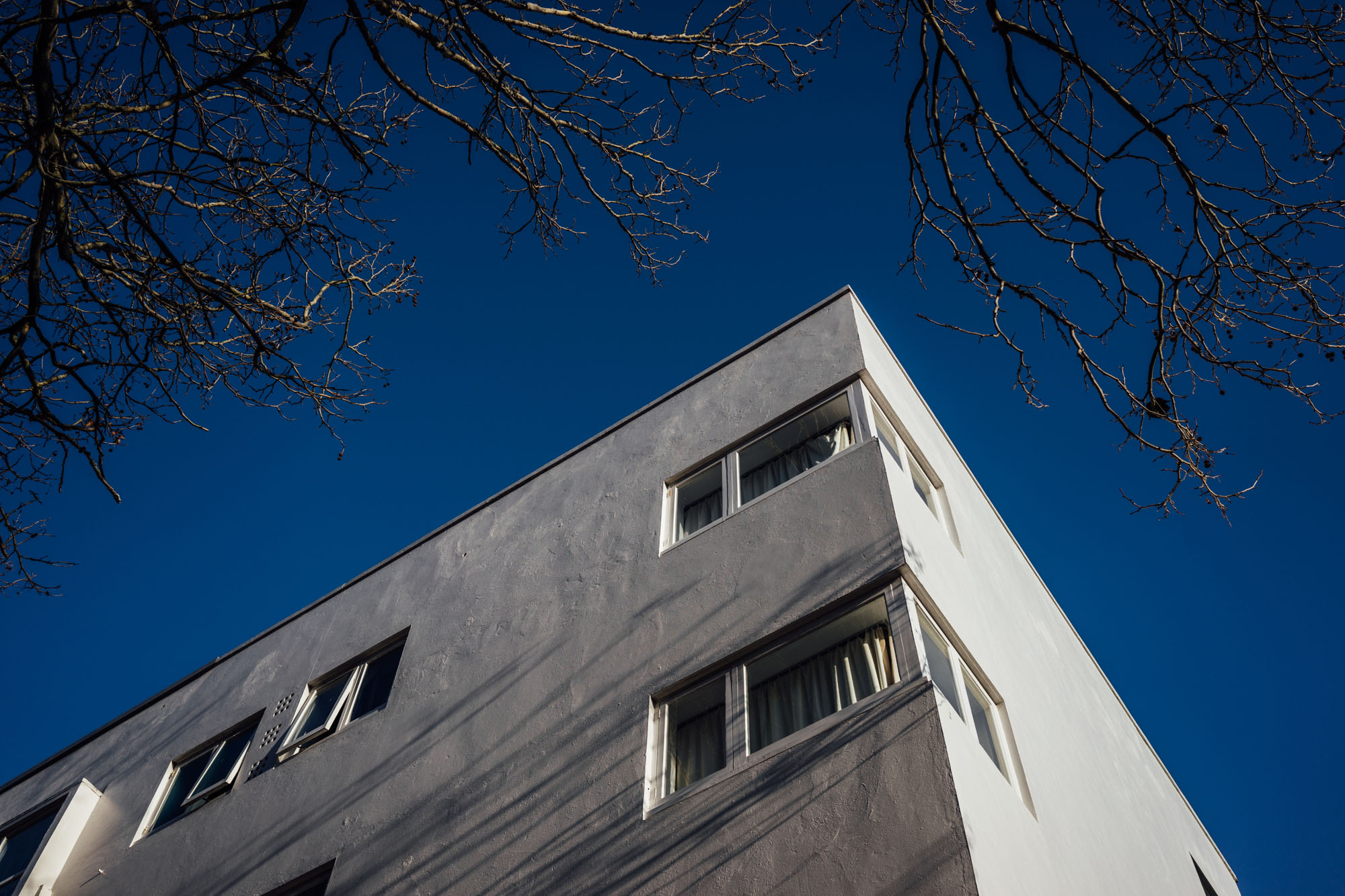 Sony a7 + Sony Zeiss 35mm f/2.8 – ISO 100 f/4.5 1/1000s
Sony a7 + Sony Zeiss 35mm f/2.8 – ISO 100 f/4.5 1/1000s
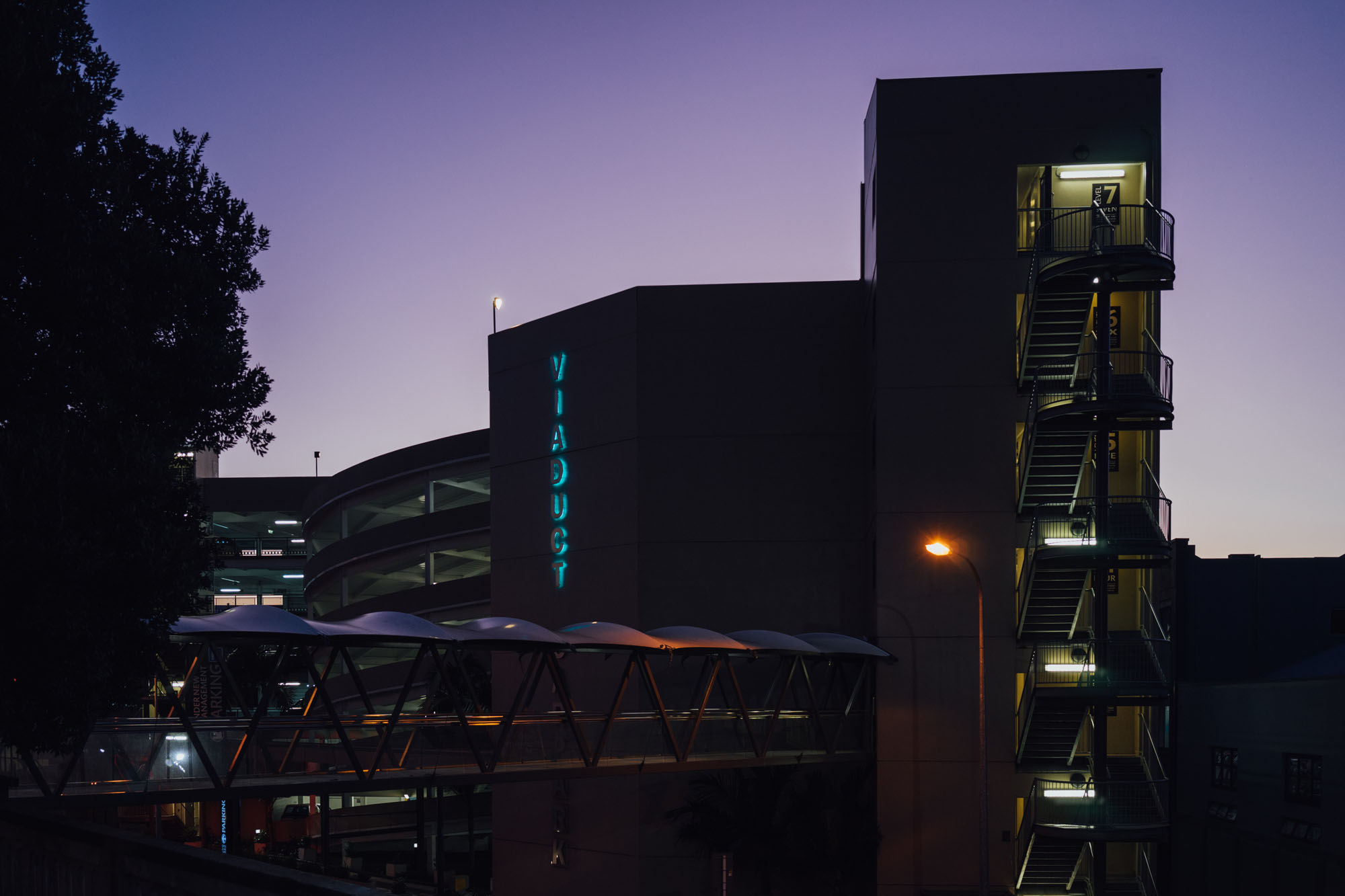 Sony a7 + Sony Zeiss 35mm f/2.8 – ISO 640 f/4 1/60s
Sony a7 + Sony Zeiss 35mm f/2.8 – ISO 640 f/4 1/60s
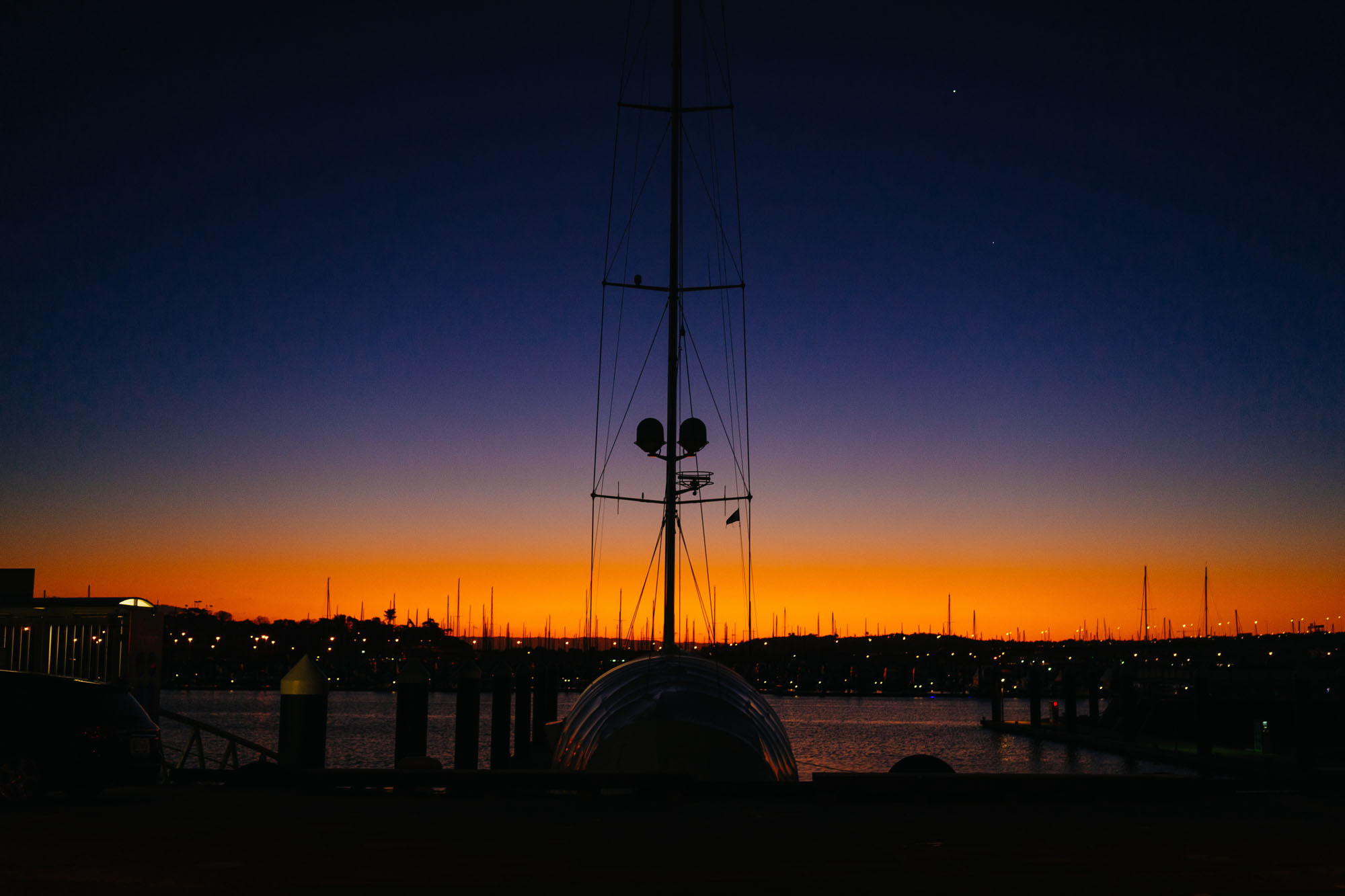 Sony a7 + Sony Zeiss 35mm f/2.8 – ISO 1000 f/4 1/60s
Sony a7 + Sony Zeiss 35mm f/2.8 – ISO 1000 f/4 1/60s
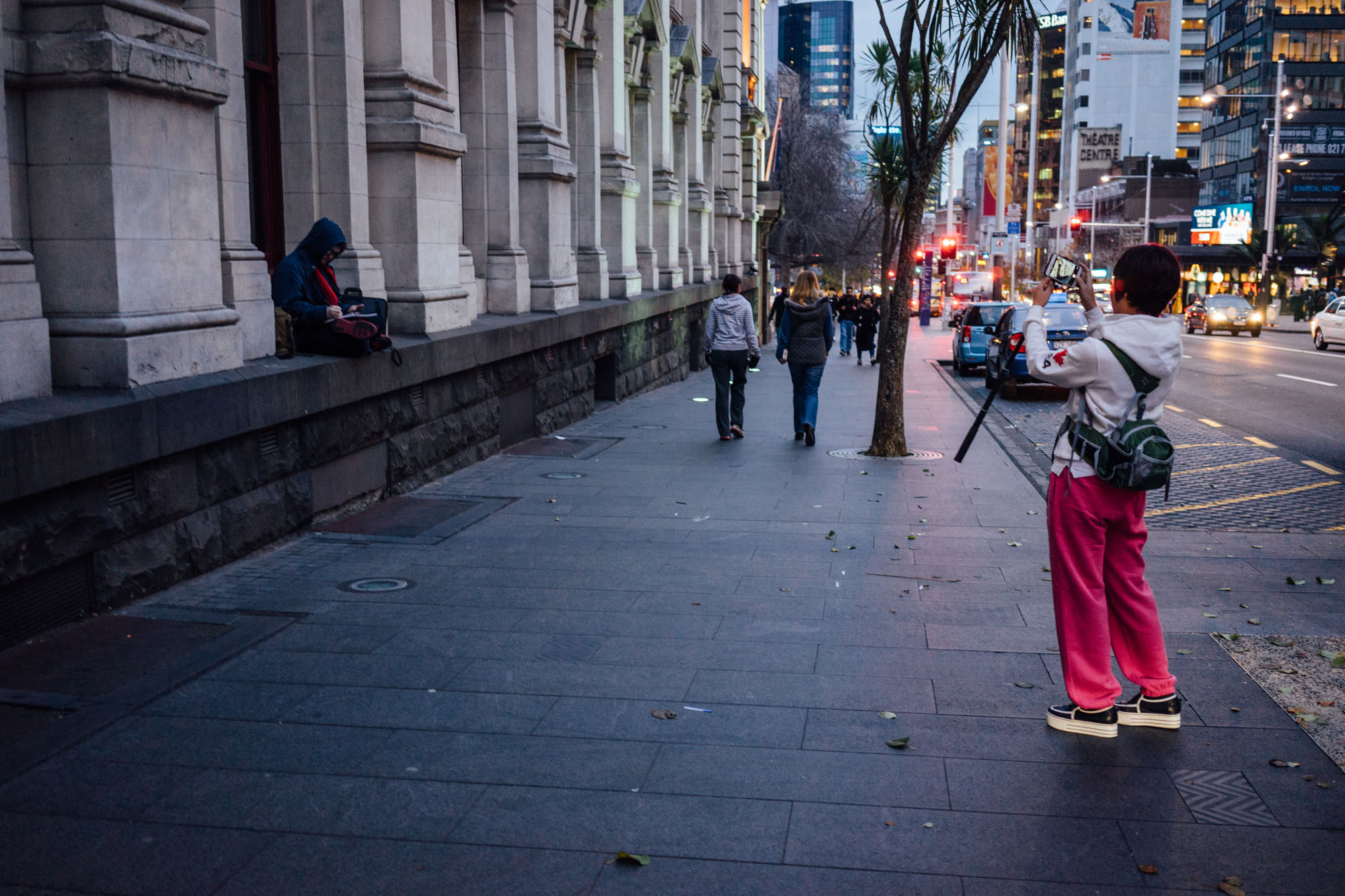 Sony a7 + Sony Zeiss 35mm f/2.8 – ISO 1250 f/2.8 1/60s
Sony a7 + Sony Zeiss 35mm f/2.8 – ISO 1250 f/2.8 1/60s
 Sony a7 + Sony Zeiss 35mm f/2.8 – ISO 400 f/2.8 1/60s
Sony a7 + Sony Zeiss 35mm f/2.8 – ISO 400 f/2.8 1/60s
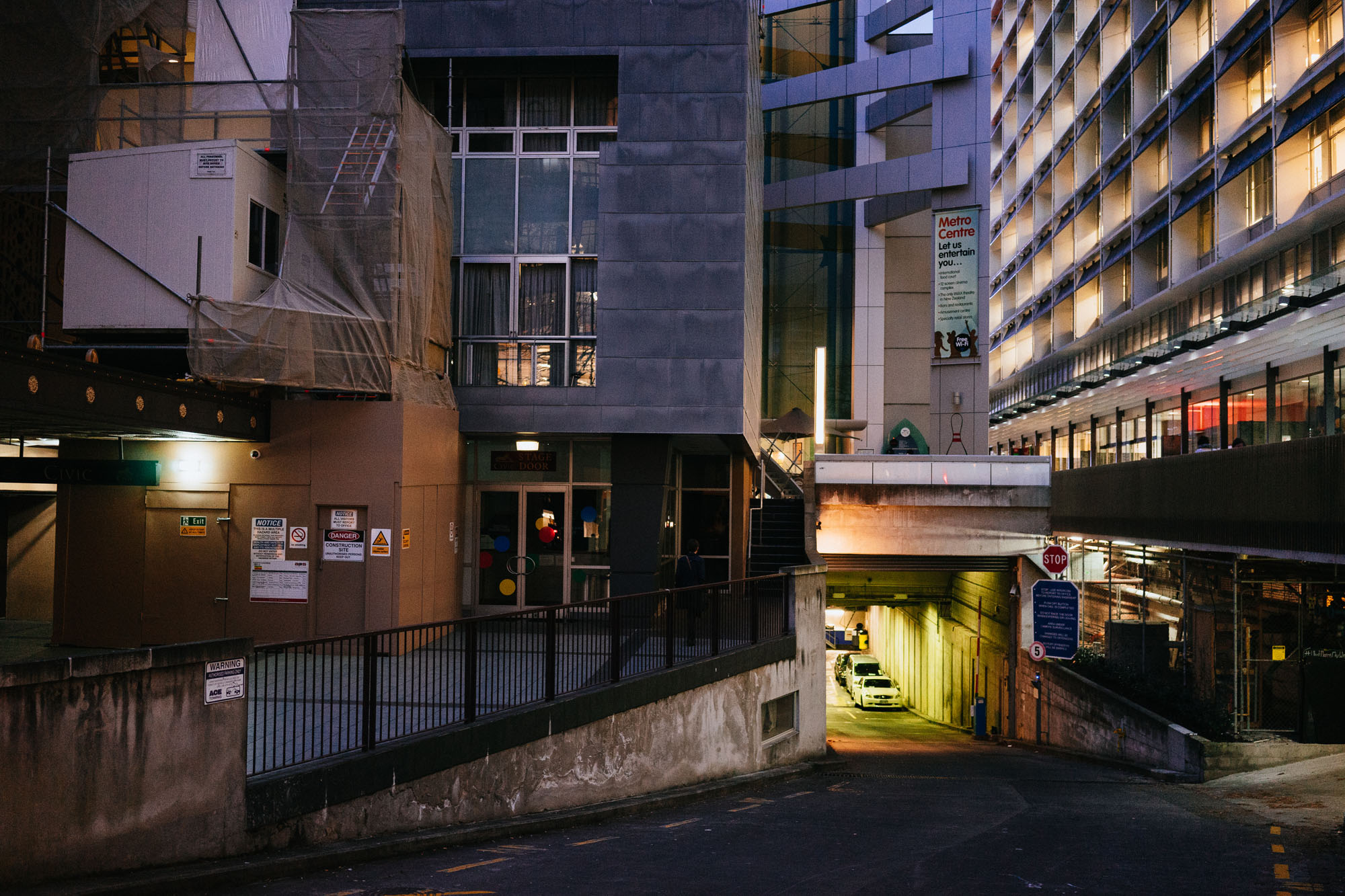 Sony a7 + Sony Zeiss 35mm f/2.8 – ISO 2500 f/2.8 1/60s
Sony a7 + Sony Zeiss 35mm f/2.8 – ISO 2500 f/2.8 1/60s
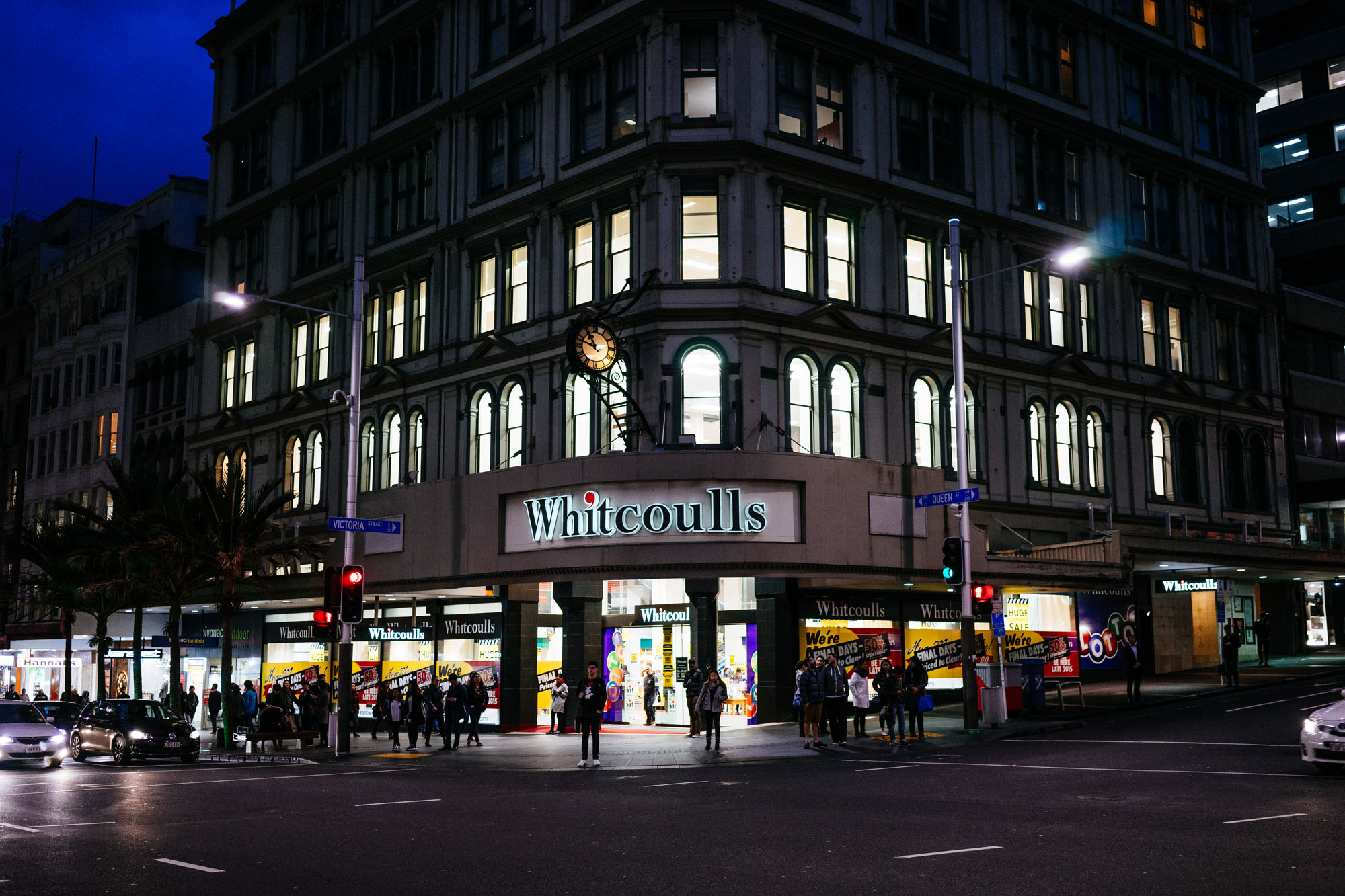 Sony a7 + Sony Zeiss 35mm f/2.8 – ISO 1250 f/2.8 1/100s
Sony a7 + Sony Zeiss 35mm f/2.8 – ISO 1250 f/2.8 1/100s
